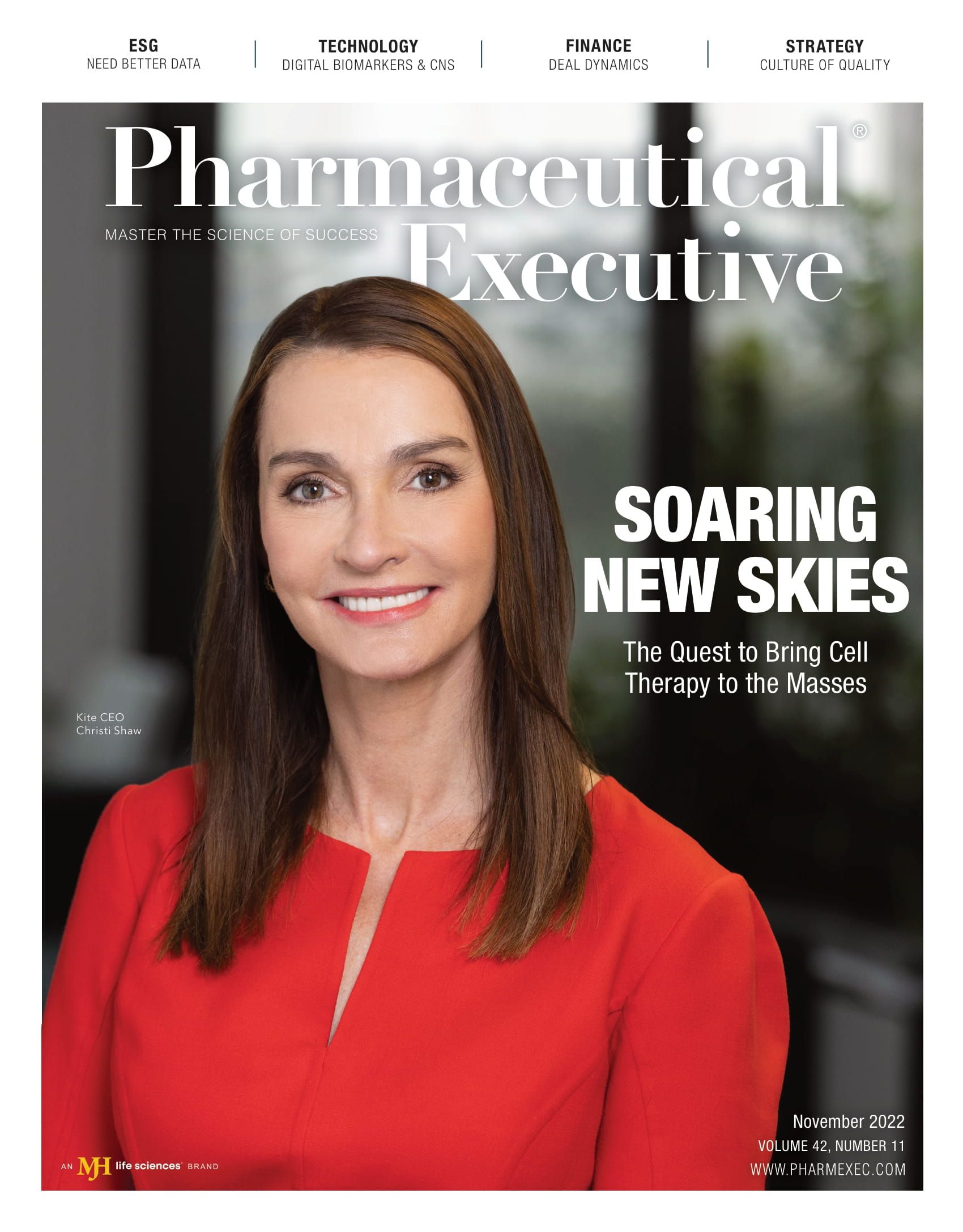The New Reality for Industry Dealmaking May be Setting In
Focus is on cash: who’s got it, who doesn’t, and what will it mean?

A near-record number of emerging biotech companies are trading at negative enterprise values and by year end, if nothing changes, nearly 40% will have less than 12 months of cash.
This is despite the fact that in 2021, emerging biotechs raised more than $80 billion in follow-on financing, venture funding, and initial public offerings (IPOs), second only to the record amount of $90 billion raised in 2020.
During that time, biotechs didn’t need their cash-rich upperclassmen to validate or fund programs, money flowed in with force and urgency to advance innovation renaissance.
This bull market for biotechs made it tough for large-cap biopharmas to do deals without paying massive premiums, which drove the trend toward collaborations and strategic partnerships.
But rotation into value with the economic recovery ushered in the longest and deepest decline in the XBI biotech index since its inception in 2016. This was punctuated over the greatest surge in interest rates in a seven-month period in history. Biotech valuations plunged and access to capital dried up. The market for follow-on offerings is highly selective to companies generating positive data, and often painfully dilutive. The IPO market has been effectively shut, and is likely to remain so throughout next year.
Restructurings, consolidation, reverse mergers, and liquidations are all being pursued across the sector to extend cash runways.
Emerging biotechs now find themselves with few options for access to capital and in many cases, large-cap biopharma partners may be among the most attractive among them.
This comes at a time when the M&A firepower among the biopharma industry’s largest players has reached a nearly $1.2 trillion for the first time since 2014, according to EY.
So, the tables have turned. Marry that with several known facts:
- M&A and business development has always been a key pillar of growth strategies for the industry’s leading companies.
- Bleeding edge and new modalities, such as cell and gene therapies, antibody drug conjugates, and RNA- and DNA-based medicines are widely expected to represent the majority of industry revenues in the next decade, and while leading biopharmas have made a push to bring such capabilities in-house, research suggests that they are only a small minority of current pipelines, and their efforts are far behind the more nimble small innovative biotechs. To quote EY, “To stay competitive, bigger biopharma companies need to aggressively pursue external innovation. Simply put, they need to transact if they want to transform their businesses.”
- Further, if we examine the history of the large biopharma industry pipeline, the data reveals that the 70% of breakthrough innovations were generated outside of large biopharma—a share that is likely to be sustained given what’s required in investments in the biotech sector. Half of the top 20 blockbusters launched by large biopharma between 2011–2021 were sourced externally, and they correspond to 60% of the cumulative industry peak-year sales.
- Beginning in 2025, the larger biopharma companies will face losses of exclusivity for products with revenues exceeding $225 billion, a substantial growth gap to overcome. This also underpins the need for decisive M&A and business development efforts in the short term.
To quote Rob Davis, CEO of Merck, on the company’s just- reported third-quarter 2022 earnings call, “Our focus, our urgency on business development has not changed. We do see a list of potential places to play. Our priorities have not changed. In fact, maybe we’re even a little bit more bullish and eager to do something.”
That said, “The volatility actually doesn’t help for a conducive M&A environment right now because you have sellers, potential sellers holding on to 52-week highs or all-time highs, which, quite frankly, aren’t too distant in the rearview mirror,” added Davis.
We share the view that some biotech CEOs and board members may have their eyes stuck in the rearview mirror, but the new reality is setting in, or will have to very soon. We expect the deal calendar to heat up, large and small. Wait for it.
Barbara Ryan is Founder, Barbara Ryan Advisors, and a member of Pharm Exec’s Editorial Advisory Board.

Regeneron, Roche Launch Major US Expansion Plans to Meet Growing Demand for Biologics and Innovation
April 22nd 2025With combined investments exceeding $53 billion, both companies are deepening their US presence through expanded biologics production, gene therapy capabilities, and next generation R&D centers.